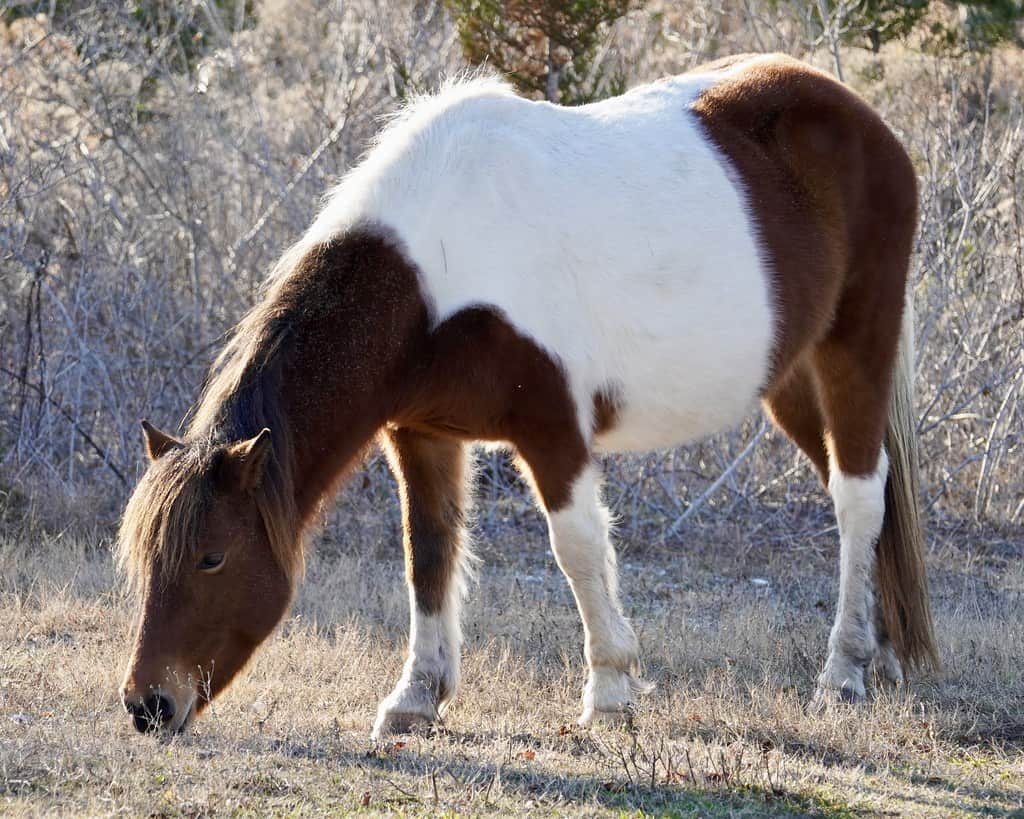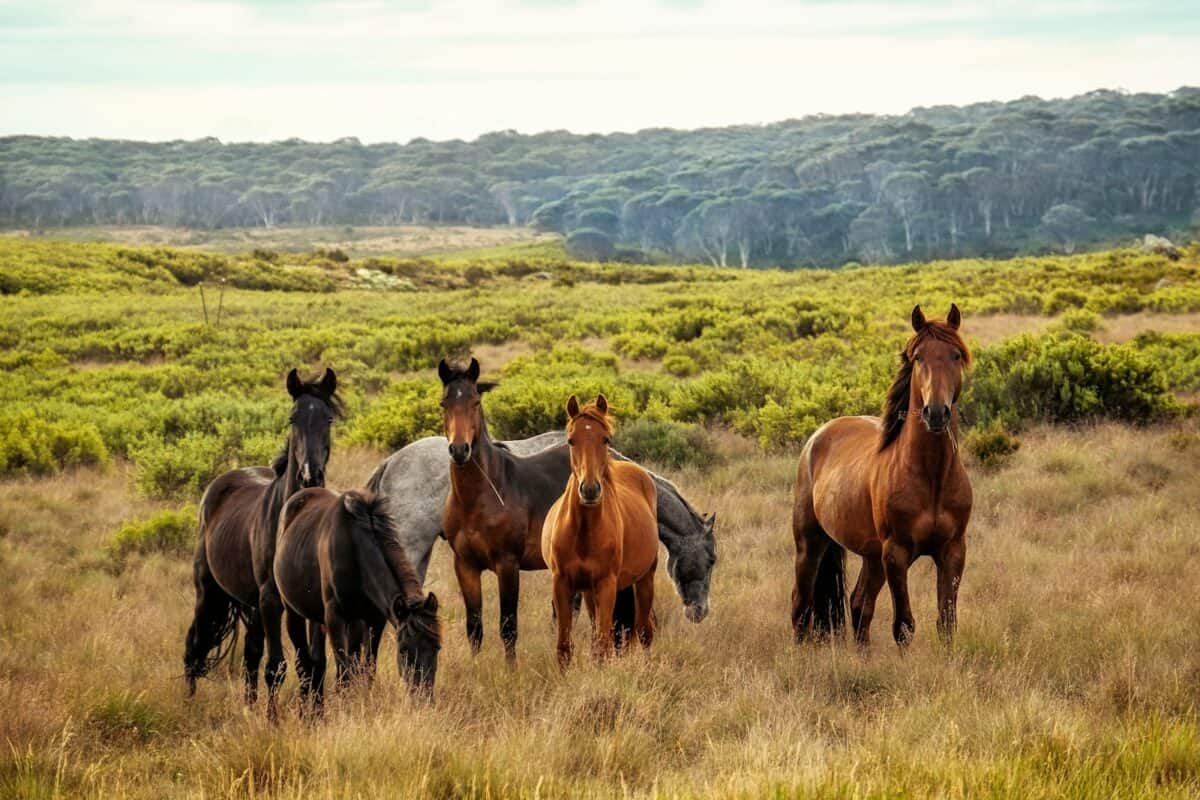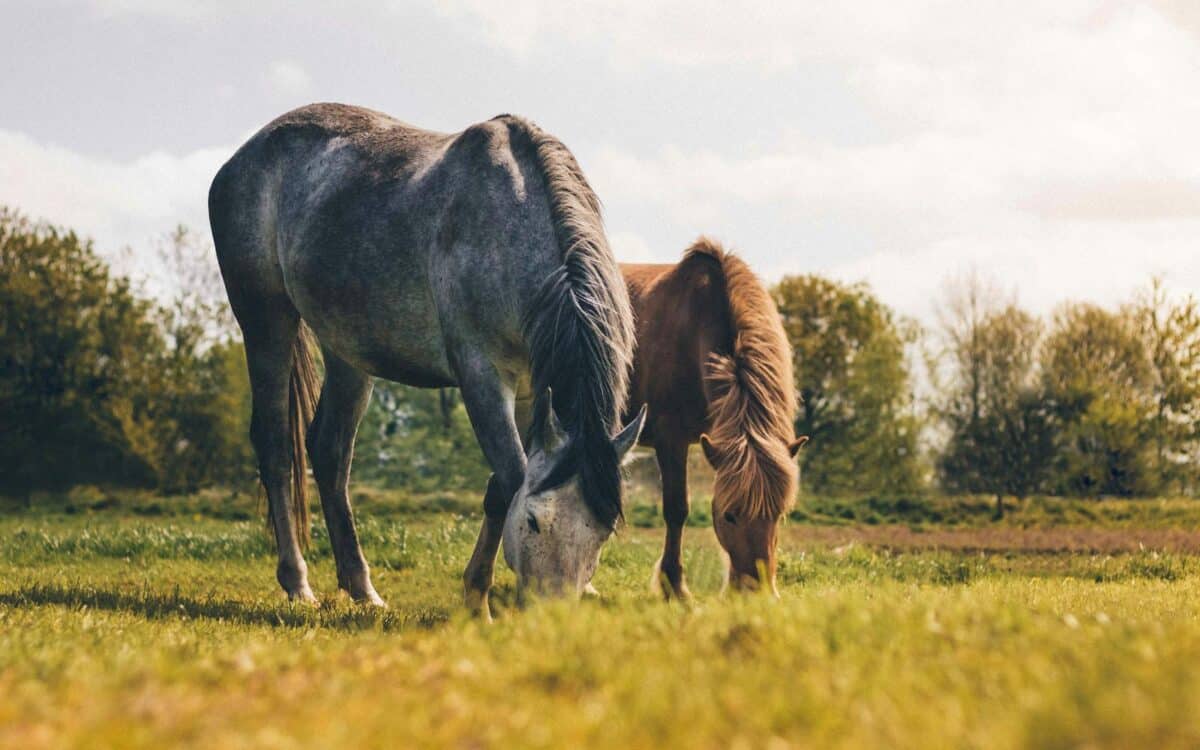Throughout human history, horses have played multifaceted roles in our societies—as transportation, agricultural workers, warriors, companions, and yes, as food. Archaeological evidence suggests that horse meat consumption dates back to prehistoric times, with early humans hunting wild horses for sustenance long before domestication occurred around 5,500 years ago. Ancient civilizations including those in Central Asia, particularly the nomadic peoples of Mongolia and Kazakhstan, incorporated horse meat as a staple in their diets, developing preservation techniques specific to this protein source.
The relationship with horse meat varied greatly across ancient cultures. The Romans generally avoided horse meat consumption, considering it barbaric and associated with peoples they deemed uncivilized. Meanwhile, Germanic tribes regularly consumed horse flesh, often incorporating it into religious ceremonies. This dichotomy established early cultural divides regarding horse meat that would later influence modern attitudes. By medieval times, these divisions deepened further, particularly as Christianity spread across Europe and religious authorities began to take formal positions on the practice of hippophagy—the consumption of horse meat.
Religious Prohibitions Against Horse Meat

Religious edicts have significantly shaped cultural attitudes toward horse meat consumption. In 732 CE, Pope Gregory III explicitly banned hippophagy among Germanic peoples as part of efforts to eliminate pagan practices associated with horse sacrifices and ritual consumption. This papal prohibition became a turning point in European attitudes toward horse meat, effectively transforming a common food source into a taboo in many Christian regions. The association between horse meat and paganism created a lasting stigma that persisted for centuries, even where formal religious prohibitions eventually relaxed.
Islam presents a more complex relationship with horse meat. While the Quran does not explicitly forbid it, various Islamic scholars have taken different positions. The Hanafi school of Islamic jurisprudence considers horse meat makruh (discouraged but not forbidden), while some Shafi’i scholars permit it. In Judaism, horses are not considered kosher as they neither chew cud nor have split hooves, placing them clearly outside dietary guidelines. These religious positions, whether formal prohibitions or cultural discouragements, have profoundly influenced which populations consider horse meat acceptable and which regard it as forbidden, creating enduring cultural divides that persist into modern times.
The Role of Horses in Society: From Working Animals to Companions

The evolution of horses from primarily utilitarian animals to beloved companions has drastically altered how many societies view consuming them. For millennia, horses served humanity as essential tools for agriculture, transportation, and warfare. Their practical value often superseded emotional attachments. However, as industrialization reduced the need for horses as working animals in the 19th and 20th centuries, a remarkable shift occurred in human-horse relationships. Increasingly, horses transitioned into recreational roles—as sporting animals, therapy animals, and companions—fostering deeper emotional connections with humans.
This transition fundamentally changed how many societies categorized horses. In cultures where horses became primarily companion animals, they gradually shifted from the mental category of “livestock” to something closer to “pets” in the public consciousness. This recategorization creates what anthropologists call the “pet taboo”—the psychological barrier that makes consuming animals we view as companions seem morally repugnant. This effect is particularly pronounced in English-speaking countries like the United States, United Kingdom, and Australia, where recreational horse riding is common but horse meat consumption became increasingly unthinkable as horses gained companion status throughout the 20th century.
The “Categorical Perception” Theory of Food Taboos

Anthropologists and food psychologists have developed the theory of “categorical perception” to explain why certain animals become food taboos within specific cultures. This theory suggests that humans mentally categorize animals into distinct groups—typically “pets,” “wildlife,” “vermin,” and “livestock”—with only those in the “livestock” category considered appropriate for consumption. These categories aren’t universal but are culturally determined and can shift over time. The case of horses presents a fascinating example of an animal that straddles categories in different cultures and different historical periods.
In countries like France, Belgium, and parts of Eastern Europe, horses have historically maintained dual categorization as both working animals and potential food sources. By contrast, in countries like the United States and United Kingdom, horses underwent a categorical shift from “working animals” to “companions/pets” during the 20th century, effectively removing them from the mental “livestock” category. This categorical perception theory helps explain why the same animal can be considered perfectly acceptable food in one culture while being taboo in another. It also explains why attempts to introduce horse meat in societies where horses are firmly categorized as companions typically meet with strong emotional resistance rather than rational consideration.
Legislative Actions Against Horse Slaughter

Legal prohibitions against horse slaughter have emerged in several countries, reflecting changing cultural attitudes. The United States offers a particularly interesting case study. While horse meat consumption was never widespread in American culture, horse slaughter for export remained legal until 2007, when Congress effectively banned it by eliminating funding for USDA inspections of horse slaughter facilities. After brief resumption, further legislation has maintained this de facto ban, though American horses are still legally transported to Canada and Mexico for slaughter. This legislative approach reflects the American ambivalence—not explicitly banning horse meat consumption while making domestic production effectively impossible.
The United Kingdom has taken a more direct approach, with the 1990 Food Safety Act specifically prohibiting the sale of horse meat for human consumption in pet food but allowing export for human consumption elsewhere. Australia similarly prohibits the slaughter of horses for human consumption despite being one of the world’s largest horse meat exporters until the 1980s. These legislative actions often follow public campaigns by animal welfare organizations and horse advocacy groups, demonstrating the complex interplay between cultural values, economic interests, and political processes. Importantly, these laws rarely cite animal welfare as their primary justification, instead reflecting cultural distaste for the practice of eating animals many citizens now view as companions.
Nations Where Horse Meat Remains Traditional

Despite growing taboos in many Western nations, horse meat remains an accepted part of culinary traditions in numerous countries. In Kazakhstan and Mongolia, horse meat and fermented mare’s milk continue to hold cultural significance, featuring prominently in traditional feasts and celebrations. The meat is particularly valued for winter consumption due to its high fat content and warming properties according to traditional medicine. In these cultures, horses maintain dual status as both working animals and food sources without the categorical conflict seen elsewhere.
In parts of Europe, horse meat traditions persist despite neighboring countries’ prohibitions. Italy’s Veneto and Sardinia regions feature horse meat in specialized dishes like pastissada de caval. In Belgium, horse meat steaks and horse meat salami (known as preparé) remain specialty items in butcher shops. Iceland, Switzerland, and parts of Eastern Europe maintain horse meat culinary traditions as well. Japan presents an interesting case where basashi (horse meat sashimi) is considered a delicacy in regions like Kumamoto, despite being a relatively recent addition to Japanese cuisine, only becoming common after World War II. These persistent traditions demonstrate that cultural acceptance of horse meat isn’t simply a matter of “developed” versus “developing” nations but reflects complex historical relationships with horses.
The 2013 European Horse Meat Scandal

In January 2013, a food scandal erupted across Europe when horse DNA was discovered in beef products sold by major retailers, including frozen hamburgers and prepared meals. The scandal began with investigations in Ireland and the United Kingdom but quickly spread across the European Union as testing revealed widespread contamination. The horse meat had entered the food supply through a complex international supply chain spanning multiple countries, revealing significant weaknesses in food traceability systems. While horse meat itself wasn’t dangerous to consumers, the incident represented a major breach of trust in food labeling and regulations.
The scandal highlighted the stark cultural differences in attitudes toward horse meat across Europe. While the legal issue centered on mislabeling and food fraud rather than the safety of horse meat itself, the public reaction in countries like the UK and Ireland demonstrated profound cultural disgust at unwittingly consuming horse. Meanwhile, in countries like France and Belgium, where horse meat remains acceptable, the reaction focused more on regulatory failures than on the specific animal involved. The incident prompted significant reforms in European food supply chain verification and accelerated the implementation of stricter traceability requirements. It also illustrated how deeply ingrained food taboos can be—even in an era of globalized food systems, cultural barriers regarding which animals are considered appropriate for consumption remain powerful.
The Animal Welfare Arguments

Animal welfare concerns form a significant part of modern opposition to horse slaughter and consumption. Unlike cattle, pigs, and other livestock species specifically bred for food production, horses were not evolutionarily selected or domesticated with slaughter in mind. Their physiological and behavioral characteristics present unique challenges in slaughter contexts. Their long necks and heightened flight responses make humane restraint difficult, while their anatomical structure makes standard stunning techniques less reliably effective. These biological realities have led animal welfare organizations to argue that humane slaughter of horses is inherently more challenging than with traditional livestock.
The transportation of horses to slaughter facilities presents additional welfare concerns. In countries where domestic slaughter is banned but export remains legal, horses often endure long-distance transport under stressful conditions. In the United States, horses bound for slaughter may travel to Mexico or Canada in trailers designed for shorter journeys. Studies have documented higher injury rates and stress indicators in horses transported for slaughter compared to those moved for other purposes. These welfare concerns have strengthened opposition to horse slaughter even among those who might not otherwise object to horse meat consumption on cultural grounds, creating alliances between animal welfare advocates and those opposing horse meat for cultural or emotional reasons.
The Environmental Impact of Horse Meat

From an environmental standpoint, horse meat production presents a complex picture. On one hand, horses are less efficient converters of feed to meat than ruminants like cattle, requiring more resources per pound of meat produced. They also have longer lifespans before slaughter compared to purpose-bred meat animals, increasing their lifetime resource consumption. These factors suggest higher environmental costs for horse meat production compared to more efficient livestock species. However, this analysis changes significantly when considering horses slaughtered at the end of working or recreational lives rather than those raised specifically for meat.
The environmental calculus shifts when horses already exist for other purposes and would otherwise require disposal or ongoing maintenance. In this context, slaughter for meat represents a form of resource recovery rather than primary production. From a lifecycle assessment perspective, utilizing meat from horses already raised for other purposes could theoretically reduce waste and provide protein with no additional environmental footprint. However, this theoretical efficiency must be balanced against practical considerations including transportation impacts and the reality that most horses in non-meat-consuming countries receive medications not approved for food animals, creating food safety concerns that complicate any straightforward environmental assessment.
The Pharmaceutical Contamination Issue

A significant modern concern regarding horse meat consumption centers on pharmaceutical contamination. Unlike livestock raised specifically for food, horses—particularly in countries where they’re not traditionally eaten—regularly receive medications prohibited in food-producing animals. Phenylbutazone (commonly called “bute”), a non-steroidal anti-inflammatory drug frequently used in horses, presents particular concerns as it’s linked to potentially serious human health effects including aplastic anemia. This medication is explicitly banned in any animal destined for human consumption in most jurisdictions, yet remains commonly used in horses kept for riding or racing.
The challenge of medication history creates a significant regulatory dilemma. In the United States and similar countries, horses lack the comprehensive lifetime medication tracking required for food animals. When horses enter the slaughter pipeline, particularly through auction houses or dealer networks, their complete medication history often remains unknown. European Union regulations require “horse passports” documenting medications, but compliance and verification challenges persist. This pharmaceutical contamination risk presents a food safety concern distinct from cultural taboos or welfare issues, and has been cited by regulatory agencies as a legitimate public health justification for restrictions on horse meat, particularly from countries without rigorous lifetime medication tracking systems.
Economic Factors in Horse Meat Production

The economics of horse meat production differ significantly from traditional livestock industries. In most markets, horse meat commands premium prices compared to beef—in European countries where both are readily available, horse meat typically costs 10-40% more than comparable cuts of beef. This price differential reflects both limited supply and specialized demand. However, the source animals generally enter the food chain through different economic pathways than purpose-bred livestock. Rather than being bred specifically for meat, slaughter horses typically represent “surplus” animals from racing, riding, or draft industries, creating an unusual market dynamic where the meat industry relies on byproducts from other equine sectors.
This economic structure creates dependency relationships between horse industries and slaughter markets. In countries with active horse slaughter, the option to sell unwanted horses for meat establishes a minimum price floor, preventing horses from dropping below certain values regardless of age or soundness issues. When domestic slaughter options disappear, as occurred in the United States, studies have documented decreases in minimum horse prices, particularly affecting lower-value animals. This economic reality creates tension between those advocating for horse welfare through slaughter bans and those concerned about the fate of unwanted horses without slaughter as an option. The resulting debates often center on whether improving end-of-life options for horses should focus on developing more humane slaughter systems or on expanding rescue, sanctuary, and humane euthanasia alternatives.
Looking Forward: The Future of Horse Meat Consumption

The global trajectory of horse meat consumption appears to be one of gradual decline rather than resurgence. Cultural taboos against horse meat seem to be spreading rather than receding, with younger generations in traditionally horse-eating regions like France and Belgium showing decreasing interest in the practice. Global horse meat production has declined approximately 30% since 1990 according to FAO statistics, with former major producers like the United States and Australia effectively exiting the market. This trend suggests a continuation of the pattern where horse meat becomes increasingly specialized and niche rather than mainstream, even in regions where it remains legally and culturally accepted.
However, countervailing factors exist that could maintain or even expand certain horse meat markets. Growing interest in traditional and ancestral foods has revitalized some historical food practices, potentially including horse meat in regions with strong cultural traditions. Additionally, food security concerns might prompt reconsideration of prohibitions based primarily on cultural rather than safety factors. The environmental impacts of different protein sources are receiving increased scrutiny, which could either favor or disfavor horse meat depending on production methods and lifecycle assessments. What seems most likely is continued divergence—with horse meat becoming increasingly specialized and heritage-focused in regions with historical consumption patterns while remaining firmly taboo in countries where horses have completed the transition to companion animal status in the public consciousness.
Conclusion: Cultural Values Encoded in Food Choices

The story of horse meat’s journey from common food source to cultural taboo in many nations illustrates how profoundly our food choices reflect deeper cultural values and relationships with animals. Unlike prohibitions based primarily on health or environmental concerns, horse meat taboos reveal how societies categorize animals and the emotional bonds we form with certain species. The transition of horses from working animals to companions in many cultures demonstrates the fluidity of these categories and how they can evolve over time, transforming what was once acceptable into something considered unthinkable.
This evolution also highlights the complex interplay between religious influences, practical economics, emotional attachments, and scientific considerations in shaping food norms. As global food systems become increasingly interconnected, these cultural differences in acceptable food sources create tension points that reveal our often unconscious assumptions about which animals belong in which categories. The horse meat debate challenges us to recognize that our own food taboos, which may seem natural and universal from within our cultural context, are in fact constructed through historical, religious, and social processes just as legitimate as those that produced different norms elsewhere.
Whether horse meat remains available in certain regions or eventually disappears from human diets entirely, its story provides valuable insight into how human societies develop, maintain, and change their fundamental relationships with animals. Perhaps most importantly, it reminds us that even in our modern, globalized food system, what we choose to eat—or refuse to eat—remains one of the most profound expressions of cultural identity and values available to us. The distance between feast and forbidden is often shorter than we imagine, constructed not of immutable natural laws but of the ever-evolving story of human-animal relationships.
- From Feast to Forbidden: Why Horses Are Off the Menu in Many Countries - August 17, 2025
- The Most Fearless Mountain Lions Ever Spotted in the US - August 16, 2025
- The Most Mysterious Deep-Sea Creatures Found in US Waters - August 16, 2025

